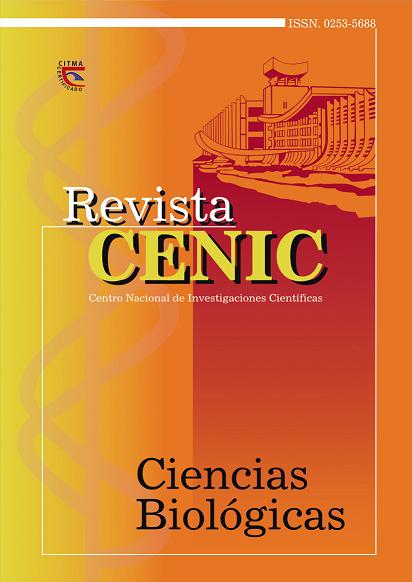Antimicrobial activity of the by-products generated by the reaction of ozone with microorganisms
Abstract
The ozone germicidal capacity is well documented in national and international papers; it is given by its
high oxidant power and its rapid rate of reaction with different biological molecules. Many studies about the kinetics of
inactivation of ozone on microorganisms have been reported. However, although it is known that ozone generates compounds
(by-products) when reacts with microorganisms, there are not studies of the effect on inactivation process that
these generated compounds present on those organisms that remain viable in the medium. The information obtained of
this effect can spread knowledge about the ozone dose applied in water disinfection processes and improve functioning in
treatment plants. The aim of this paper was to evaluate the oxidant effects of ozone on two microbial strains: Escherichia
coli ATCC 25922, y Salmonella enterica var. thyphimurium ATCC 12048, in relation to their viability and the ozone effect
on some components of the plasmatic cell membrane. Kinetic studies of the ozone reaction with these microorganisms,
at low ozone concentration, as well as the antimicrobial activity of by-products were carried out. The lipid peroxidation
levels of unsatured fatty acids present in the membrane were determined. The inactivation kinetic showed two kinetic
constants for both microorganisms, this could be due to the rapid decomposition of ozone from the first instants. The
reaction by-products showed antimicrobial activity and it could be the cause of the cellular death, even when ozone is
not detected in the liquids. The ozone affected the membrane permeability and induces an increase in the levels of thiobarbituric
acid-reactive substances due to the lipid peroxidation processes.
Downloads

Downloads
Published
How to Cite
Issue
Section
License

This work is licensed under a Creative Commons Attribution-NonCommercial-ShareAlike 4.0 International License.
Los autores que publican en esta revista están de acuerdo con los siguientes términos:
Los autores conservan los derechos de autor y garantizan a la revista el derecho de ser la primera publicación del trabajo al igual que licenciado bajo una Creative Commons Atribución-NoComercial-CompartirIgual 4.0 Internacional que permite a otros compartir el trabajo con un reconocimiento de la autoría del trabajo y la publicación inicial en esta revista.
Los autores pueden establecer por separado acuerdos adicionales para la distribución no exclusiva de la versión de la obra publicada en la revista (por ejemplo, situarlo en un repositorio institucional o publicarlo en un libro), con un reconocimiento de su publicación inicial en esta revista.
Se permite y se anima a los autores a difundir sus trabajos electrónicamente (por ejemplo, en repositorios institucionales o en su propio sitio web) antes y durante el proceso de envío, ya que puede dar lugar a intercambios productivos, así como a una citación más temprana y mayor de los trabajos publicados (Véase The Effect of Open Access) (en inglés).














